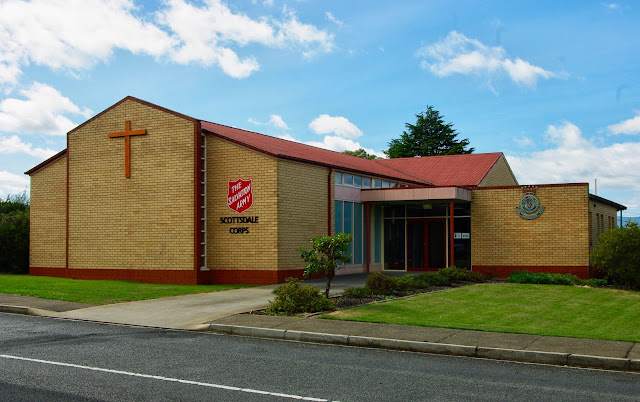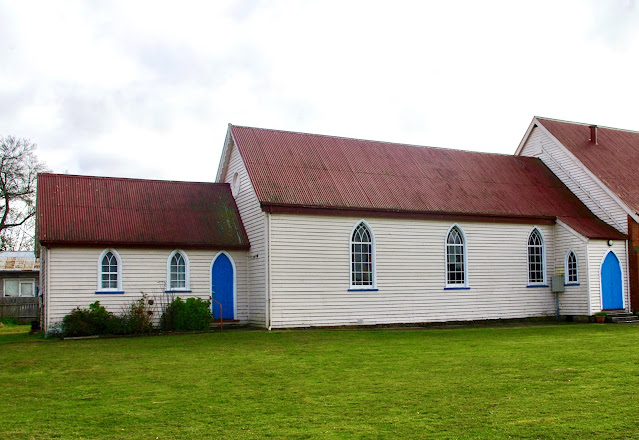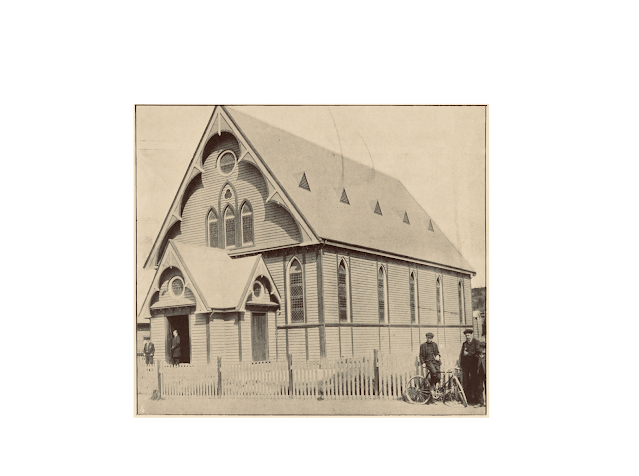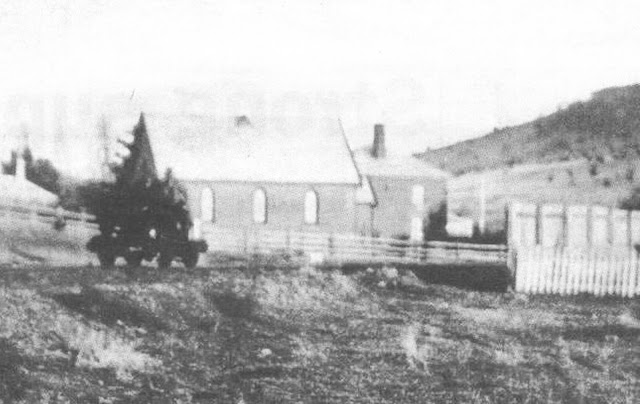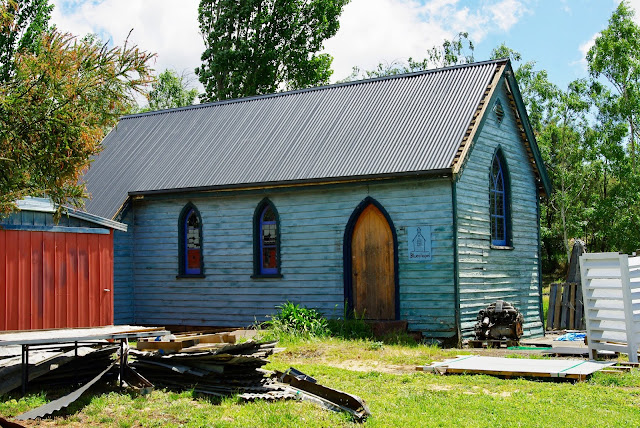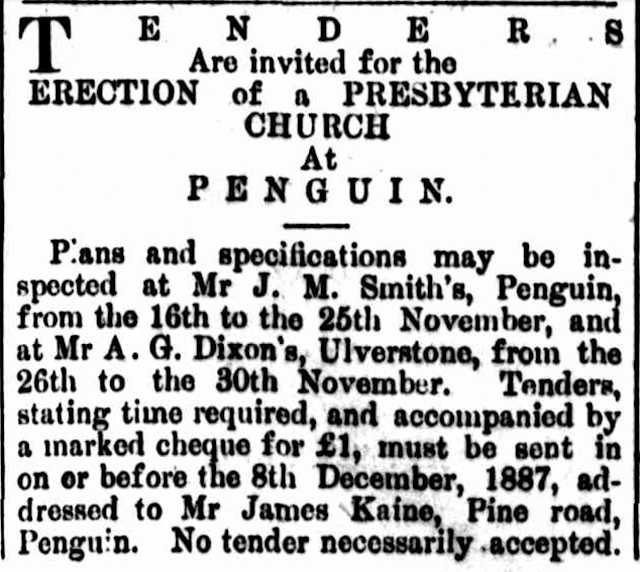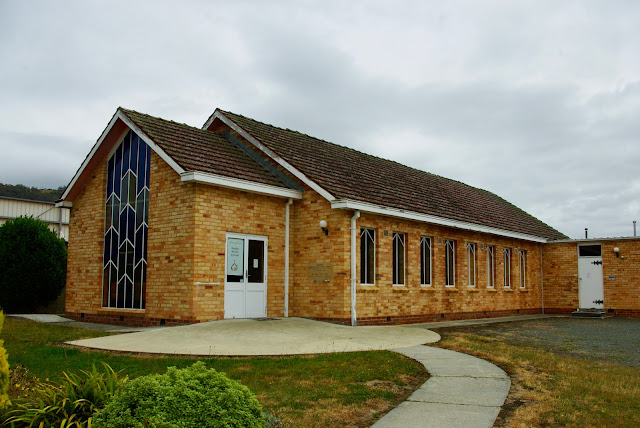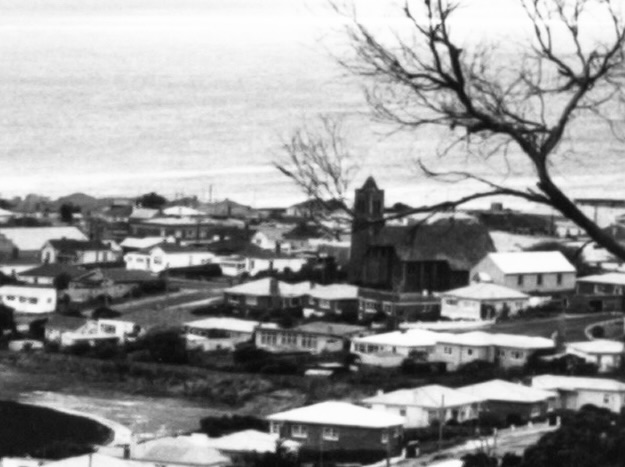No. 1126 - Ulverstone - Salvation Army Hall (1977)

Ulverstone, or ‘River Leven’, as it was once called, was permanently settled by Europeans from the late 1840s after Andrew Risby developed farmland from the thickly forested wilderness. Ulverstone is a town of many churches with 16 denominations established during its 170 year history. The Salvation Army were active at Ulverstone from the early 1890s. By 1894 a hall or ‘barracks” opened on Victoria Street built on land donated by James (Philosopher) Smith. The modern barracks which now occupy this site replaced the old hall in June 1977. As the present hall is a relatively new place of worship, there is limited information available about its establishment and recent history. As more information becomes available this article will be updated. Additional information about this church is most welcome as all articles are continually updated. I can be contacted through this page or my Facebook page "Churches of Tasmania" which is linked HERE .
